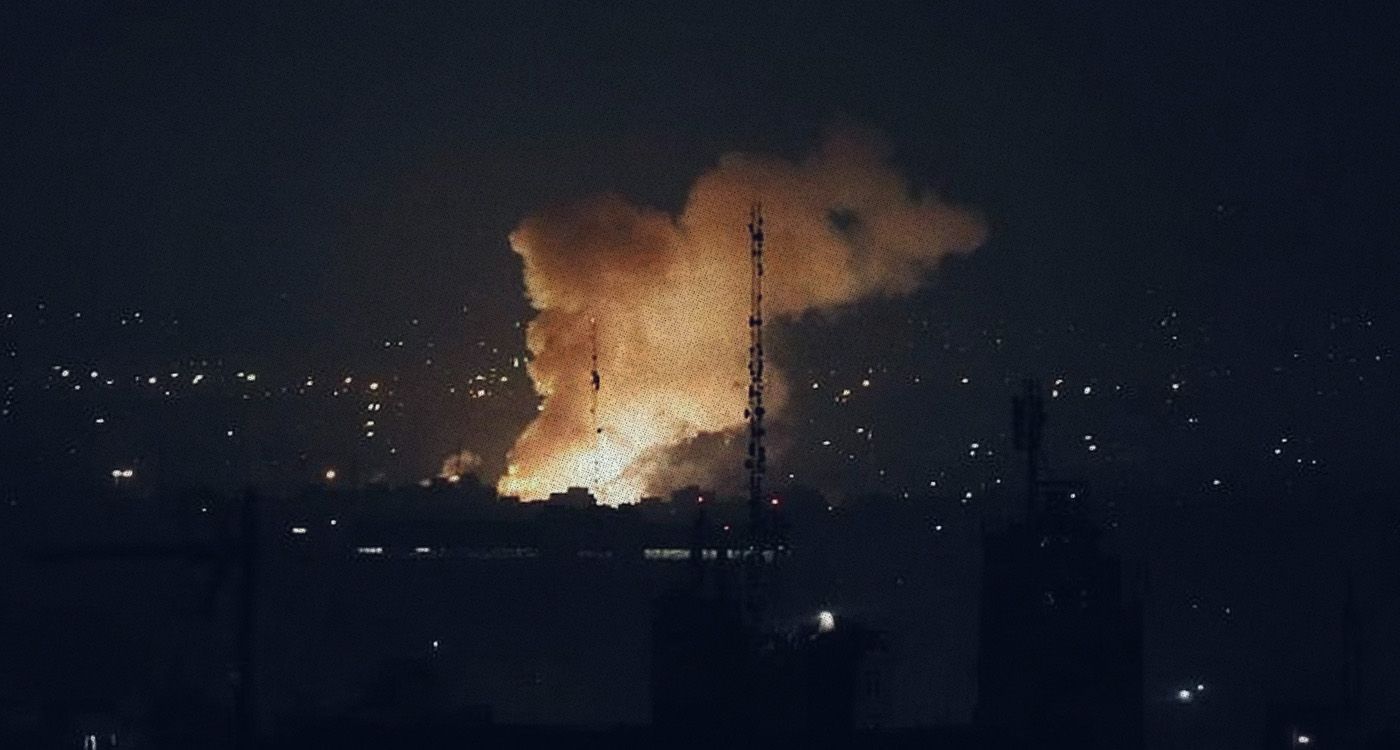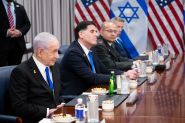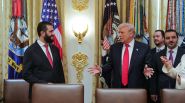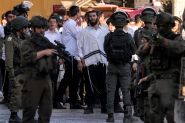- Home
- Middle East
- Blow to the Mullahs’ Regime: Reaping the Whirlwind

©This is Beirut
Sooner or later, it was bound to happen. The leaders of the Islamic Republic of Iran had pushed too far — driven by a hunger for power, unchecked authoritarianism, and a deadly strategy of regional expansion. The late Qassem Soleimani, once the emblematic commander of the Quds Force — the elite branch of the Islamic Revolutionary Guard Corps (IRGC) — openly boasted of controlling four Arab capitals and even claimed to hold sway over a majority in Lebanon’s parliament.
In the wake of Ayatollah Khomeini’s rise to power in 1979, Iran’s Revolutionary Guard Corps (the Pasdaran) became the standard-bearer of the regime’s campaign to export the Islamic Revolution. On the ground, this translated into the gradual entrenchment of Iranian proxies — first in Lebanon, then in Iraq, Yemen, and later Gaza — forming what the king of Jordan once described as a “Shia crescent,” with the Assad regime as its backbone.
This broad strategic deployment was accompanied by a sharply anti-Western stance and a deliberately aggressive posture toward the Gulf states. Rooted in coercion and the repression of large segments of local populations, the so-called “export of the Revolution” morphed into a campaign of systematic destabilization — fueled by the delusional ambition to forge militarized societies under the false banner of “resistance.”
The mullahs’ grip on power did not stop there. Aiming to secure Iran’s status as a “regional great power” based solely on military and security strength, the regime launched a race to develop a nuclear program in the late 1980s — specifically in 1989 — initially benefiting from the assistance of a Pakistani expert until 1991. In 2002, a source from the opposition group affiliated with the National Council of Resistance of Iran (NCRI) revealed the existence of two secret nuclear sites, providing the first clear evidence of the Islamic Republic’s ambition to acquire atomic weapons.
Since then, the issue — alongside the buildup of a significant ballistic missile arsenal — has been at the heart of a prolonged international standoff and diplomatic battle lasting more than 25 years. Over this quarter-century, the mullahs’ regime has steadily expanded its missile capabilities and, more importantly, its nuclear infrastructure, reaching a critical threshold in recent months that could soon enable the production of an atomic bomb through rapid uranium enrichment, now at 60 percent.
The nuclear program has been a red line—not only for Israel but also for the Gulf states and Western powers. Its expanding military dimension over the years has only heightened concerns, especially given that this strategic arsenal rests in the hands of an autocratic regime driven by a rigid, outdated theocratic ideology. This regime openly embraces an aggressive stance, pursues an expansionist agenda, and ruthlessly represses any internal opposition—particularly targeting Iranian women and youth.
For more than a quarter-century, the Islamic Republic has spent an estimated $150 to $200 billion on its nuclear program and related activities. Yet the mullahs’ regime has been well aware that any nuclear venture in this region crosses a red line — especially when undertaken by a regime as belligerent as Tehran’s.
Were Iran’s leaders unaware that Israel’s air force destroyed Iraq’s Osirak reactor near Baghdad in a surprise raid in 1981? In 2003, facing intense pressure from the United States and the United Kingdom, Muammar Gaddafi’s Libya agreed to dismantle its nuclear program. Then, in September 2007, Israeli bombers struck and destroyed Syria’s al-Kibar reactor, which had been built with North Korean assistance.
The Islamic Republic refused to learn from these past lessons, blinded by its relentless drive for regional power. To advance its expansionist ambitions further, it has funneled tens of billions of dollars into building up its proxies across the region. The numbers are staggering: $700 million annually to Hezbollah, $350 million to Hamas each year, tens of millions to the Houthis, and between $30 and $50 billion in aid to the Assad regime.
The Iranian nation doesn’t need to scatter pawns across the Middle Eastern chessboard to make itself heard. It doesn’t require nuclear weapons or ballistic missiles to assert its place. Iran is the heir to an ancient and illustrious civilization. In recent years, its people—the women, youth, and civil society—have demonstrated remarkable vitality, boldness, maturity, and vision. Rather than brutally crushing all internal dissent, Iran’s path forward lies in harnessing the talents of its senior officials, technocrats, experts, young people, and intellectuals. Instead of wasting hundreds of billions of dollars on futile, destructive ambitions, the country should invest in its real strengths. After all, sowing the wind only leads to reaping violent, devastating storms.
Read more





Comments